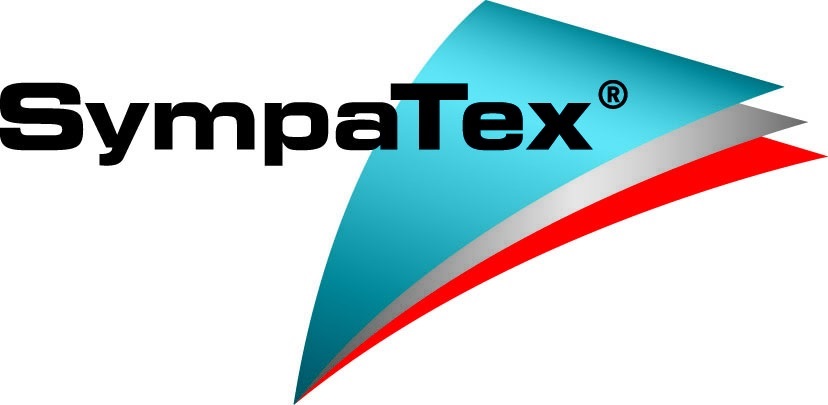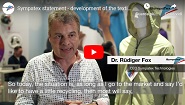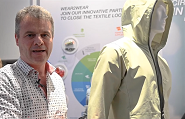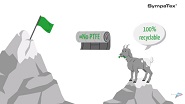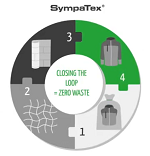 Investment by the Munich-based functional textile specialist in the award-winning polymer recycling technology developed by British Worn Again Technologies represents the next piece of the puzzle for completely closing the textile recycling loop.
Investment by the Munich-based functional textile specialist in the award-winning polymer recycling technology developed by British Worn Again Technologies represents the next piece of the puzzle for completely closing the textile recycling loop.
Recycled functional textiles from old PET bottles can soon be a thing of the past. Sympatex is now racing down the home stretch toward the finish line of a circular textile economy. Right after the 2019 Copenhagen Fashion Summit, and roughly two years after announcing the Sympatex “Agenda 2020” in January 2017 and the corresponding commitment to closing the textile loop for functional materials as quickly as possible, Sympatex is raising the bar to the highest level when it comes its sustainability goals. As soon as this coming year, the pioneer in the field of sustainable functional textiles will offer its first laminates made from used textile materials acquired through a circular economy. The goal is to have within the next five years at least half of the raw materials necessary for its functional laminates originate from a circular textile supply chain and be fully recyclable again – and be 100% circular by 2030. This is being made possible by an investment in the Pioneer Members’ Program of Worn Again Technologies, which had a successful showing at last year’s LAUNCH Circular Innovation Challenge in November 2018. Worn Again’s technology will help to close the textile loop even faster and overcome one of the biggest hurdles: the need for mono-material in used textiles for recycling. Its’ polymer recycling technology will enable to process also the most frequently used textile mixtures out of polyester and cotton.
This new commitment is the logical consequence of a clear step-by-step plan that the Munich company has been using to rigorously pursue the goals of its “Agenda 2020” over the nearly past 2.5 years, and to further anchor a commitment to comprehensive sustainability within the company and its market partners. At OutDoor 2017, only a few months after its initial commitment, Sympatex presented the first climate-neutral functional jacket 4.0 from completely recycled and recyclable materials, a product that can be returned 100 percent to the closed textile loop at the end of its life cycle. This and other lighthouse projects, such as the first climate-neutral and up to 90 percent recycled children’s shoe, are designed to demonstrate that the feasibility boundaries in the area of textile sustainability can be pushed much further than the industry has done to date. With the membership investment in Worn Again Technologies, Sympatex is now expanding the radius of used textiles suitable for upcycling to include textile combinations from polyester and renewable fibers. While the Munich functional textile specialist already took a major step in the direction of mono-material polyester recycling with the creation of the wear2wear European recycling consortium, and made even further progress through an on-going collaboration with the French government FRIVEP project, in the future the recycling of frequently-used polyester/cotton fabrics will become a reality through the Worn Again technology.
“Each year, mountains of clothing end-up on garbage landfills or they are incinerated, even using open fires in many countries. For us, putting an end to this unacceptable environmental burden caused by our industry is more than just a moral commitment. We see in it also an abundance of raw material sources that can be utilized in the future, thanks also to our technology partners who we have targeted and sought out. With wear2wear, FRIVEP and Worn Again Technologies, we have now acquired enough experience to start scaling up our lighthouse projects,” explains Dr. Rüdiger Fox, CEO of Sympatex Technologies. “It’s extremely gratifying to note that nearly the entire textile and outdoor industry is talking about sustainability and climate protection meanwhile, and that most companies are actually following up their words with action. We can observe this progress last but not least in the rapidly growing number of signatories for the UN Fashion Industry Charter for Climate Action. Now is the time to think big and focus our energies on making our industry one of the first on the planet to actually transform full sustainability into reality. Let’s all dream big – together! “
INFO: Sympatex


